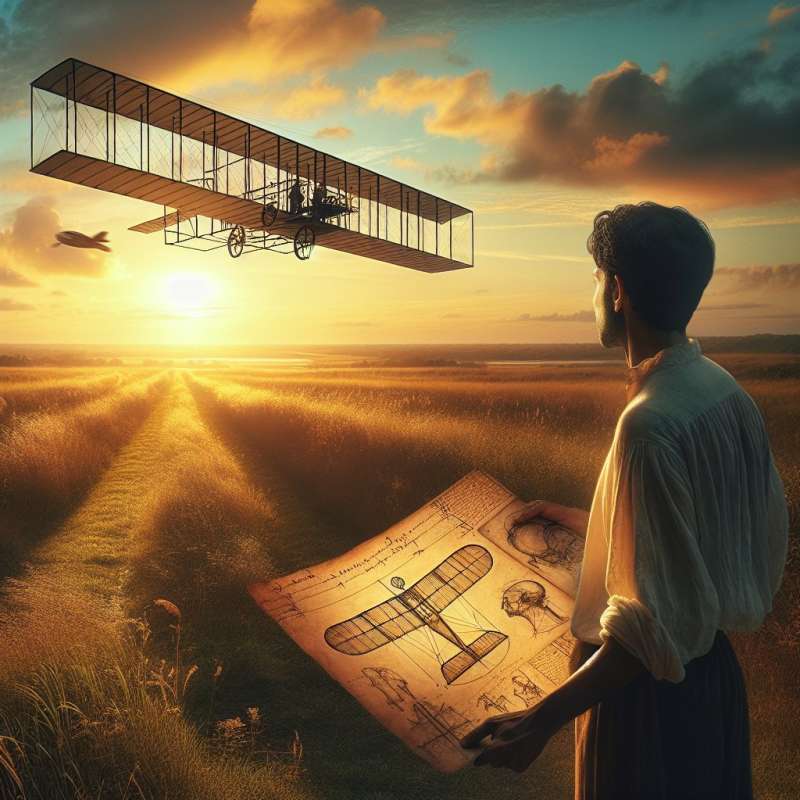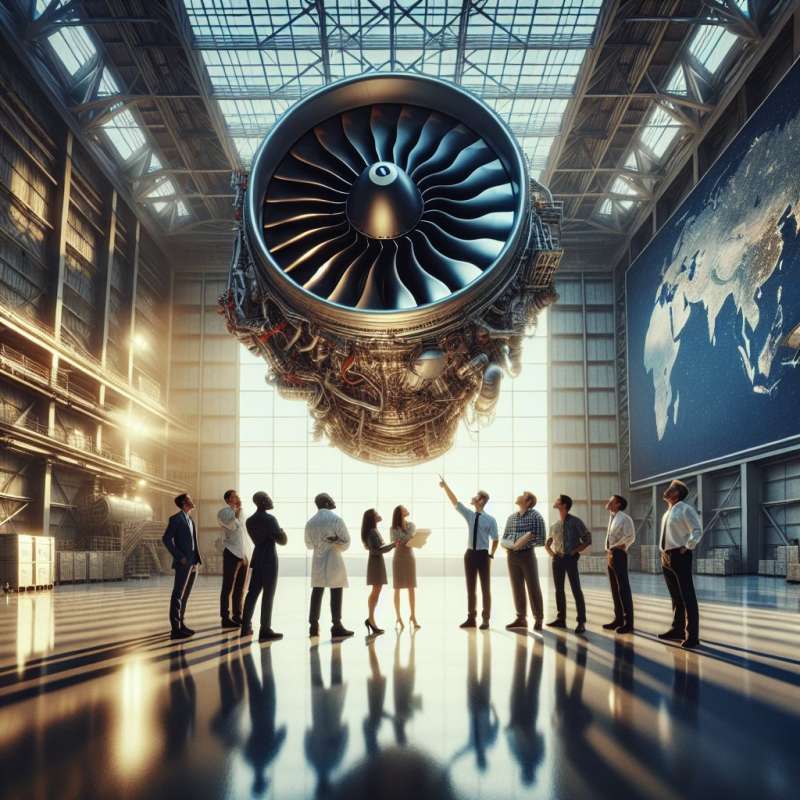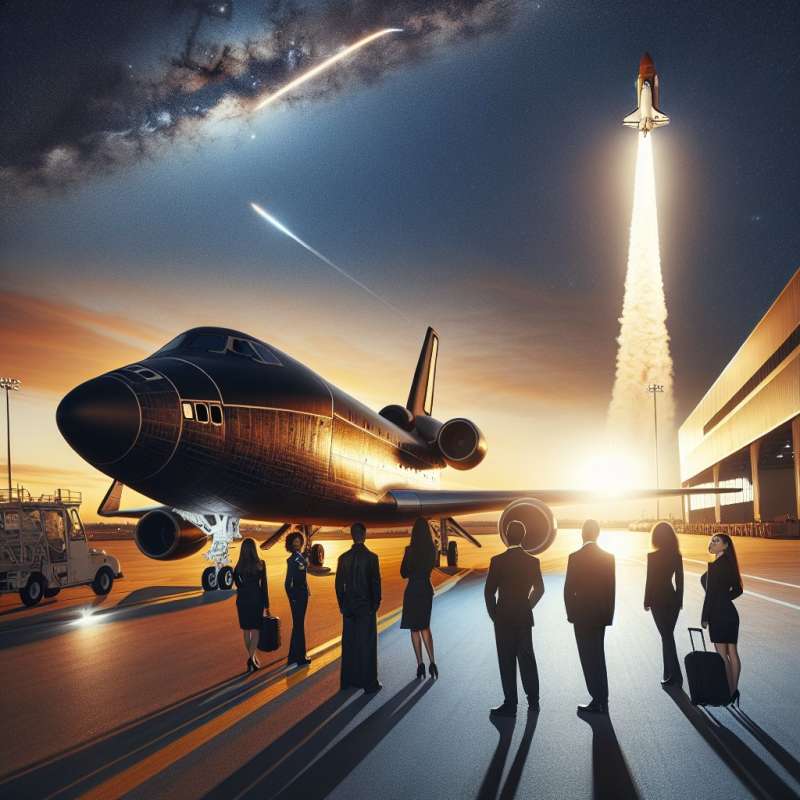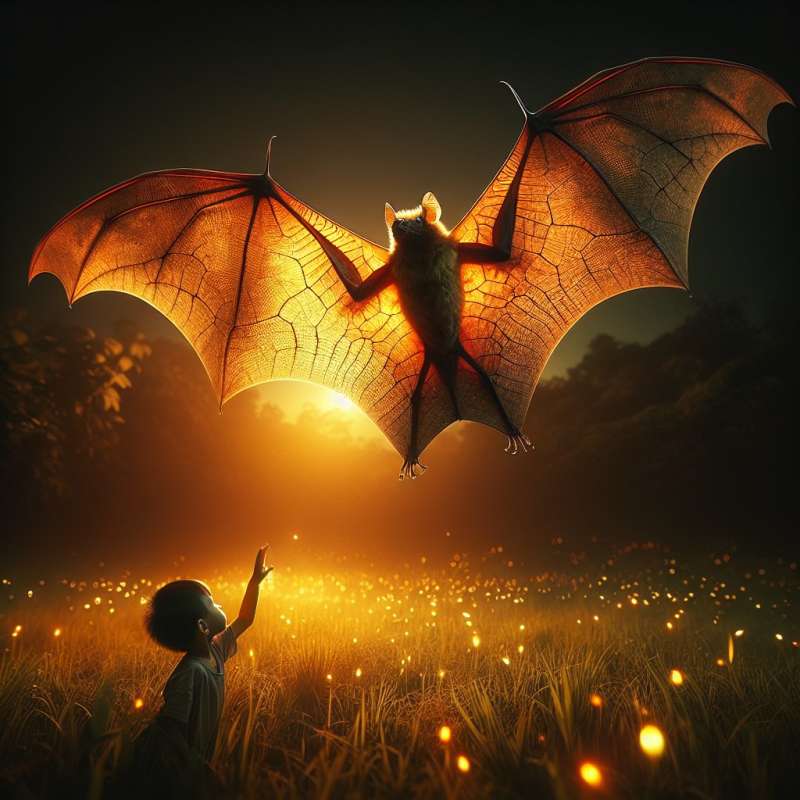
The Miracle of Flight
Flying is the process of moving through the air using wings or aerodynamic forces. The physics of flight involve principles like lift, drag, thrust, and gravity, which all aircraft must balance for successful navigation.
Birds vs. Planes
Birds are natural aviators with wings adapted for flight, whereas airplanes are human-engineered to mimic these aerodynamic principles. The albatross, for instance, can glide over ocean waters for hours without flapping its wings, using dynamic soaring techniques.
Flight: A Human Dream
Humans have dreamt of flying for centuries, drawing inspiration from nature. Da Vinci's sketches of flying machines in the 15th century mark the early attempts to unlock this dream, leading to the Wright brothers' success in 1903.
Jet Engines Revolution
Jet engines, introduced in the mid-20th century, transformed aviation by providing greater thrust and efficiency. This led to the development of commercial airliners that could travel faster and further, shrinking our world dramatically.
The Fastest Flights
The Lockheed SR-71 Blackbird holds the record for the fastest air-breathing manned aircraft, reaching speeds of Mach 3.3. However, the space shuttle reentering Earth's atmosphere can exceed Mach 25, albeit not in level flight.
Animals That Fly
Beyond birds, other animals like bats and various insects can fly. Bats are the only mammals capable of sustained flight, with wing structures remarkably similar to the human hand.
Future of Flight
Advancements in technology are pushing the boundaries of aviation, with solar-powered aircraft and electric planes on the horizon. These innovations aim to make flying cleaner, quieter, and more sustainable for future generations.
What balances aircraft navigation?
Thrust and gravity only
Lift, drag, thrust, gravity
Wings and aerodynamic forces
Company